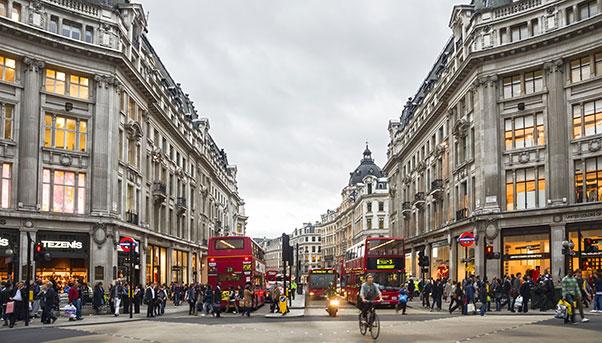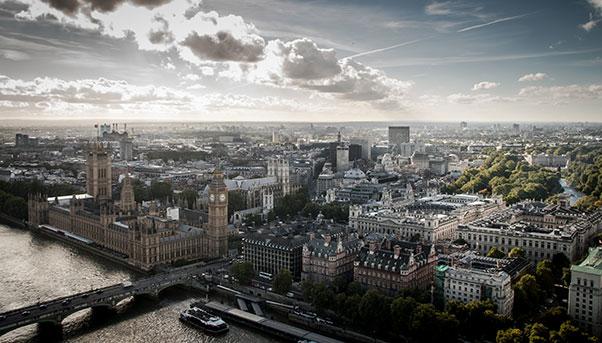
The days of recession and angry punks seem a distant memory on the bustling streets of London, one of the most vibrant cities in the world. It has undergone such a transformation since the early 1980s that it is unrecognizable to its previous self.
After the boom in financial services that reinvigorated The City at the end of that decade, there came Cool Britannia: a period of renewed confidence that coincided with the arrival of Tony Blair at 10 Downing Street.
London would later get another boost by hosting the Summer Olympics in 2012. It brought about £11 billion of investments to requalify several areas of the city, along with the construction of infrastructure usually associated with the international sporting event.
London might have ranked one year as the most competitive city in the world by IBM Global Business Services – beating out New York and Singapore – but it is not resting on its laurels. It is wasting no time in preparing for the next big challenge that a city of its size and importance will face in the coming years: population growth. By 2031, the number of people living and using its services like public transport is expected to grow 13% to 10 million, according to a new report by consultancy Arup.
Mayor Sadiq Khan is carrying out the “London Infrastructure Plan 2050” prepared by his predecessor Boris Johnson. It envisions spending £1.3 trillion (€1.821 trillion) to turn London into a smart city. Part of the research done to formulate the plan involved surveying of tens of thousands of residents as well as holding a series of meetings that involved a combined total of two million people. As for the enormous sum to be invested, 42% or £547 billion of it will go to housing, 35% to new systems of urban mobility, 11% to improve the energy system with the aim of reducing by 80% CO2 emissions, according to a report by the Greater London Authority. The remainder would be dedicated to improving schools, water utilities, parks and waste management.

In more tangible terms, the plan foresees the construction of 1.5 million houses and a 50% increase in the capacity of public transport services. One example of London’s commitment is the Crossrail, a new underground line crossing the centre of the city from east to west with a string of new stations along it.
Khan, meanwhile, has come out with his own vademecum entitled “A City for All Londoners” that also priorities investments in transport and clean energy.
The recognition on the part of public authority of the importance of public transport services explains how London ranked sixth in a recent classification by consultancy Mercer of the cities with the best infrastructure in the world.
Public transport is crucial in light of the expected growing number of people who work and live in London. From 9.5 million daily trips in 2014 to 12.3 million in 2041, according to Arup.
But it is not all about the city centre. The “London Infrastructure Plan 2050” also looks at developing outlying areas with the construction of housing for one million people and the creation of 575,000 jobs. One example to follow would be the success of London’s East End, which the Olympics brought back to life after decades of neglect. At its epicenter is Stratford, which has come to enjoy links to the metro lines as well as the Eurostar. It has also become home to hotels and cultural and recreational centres.
Stratford and East End as a whole are but two cases of London’s commitment to improve the quality of life of its residents despite the uncertainties that Brexit might bring for the city and the country.

